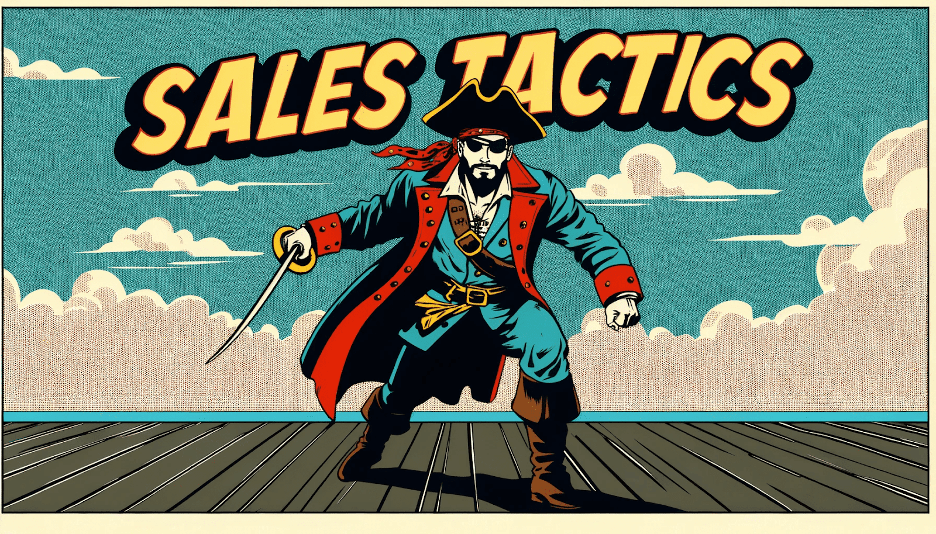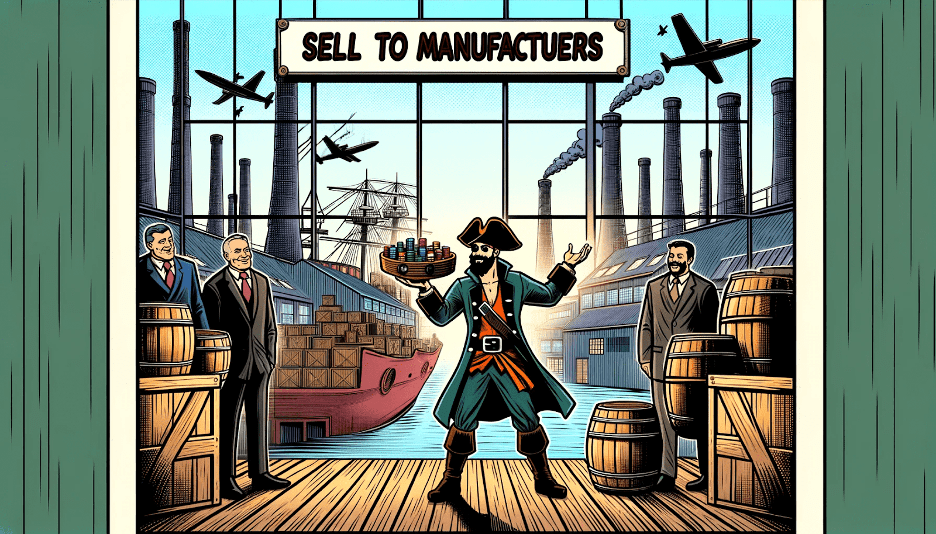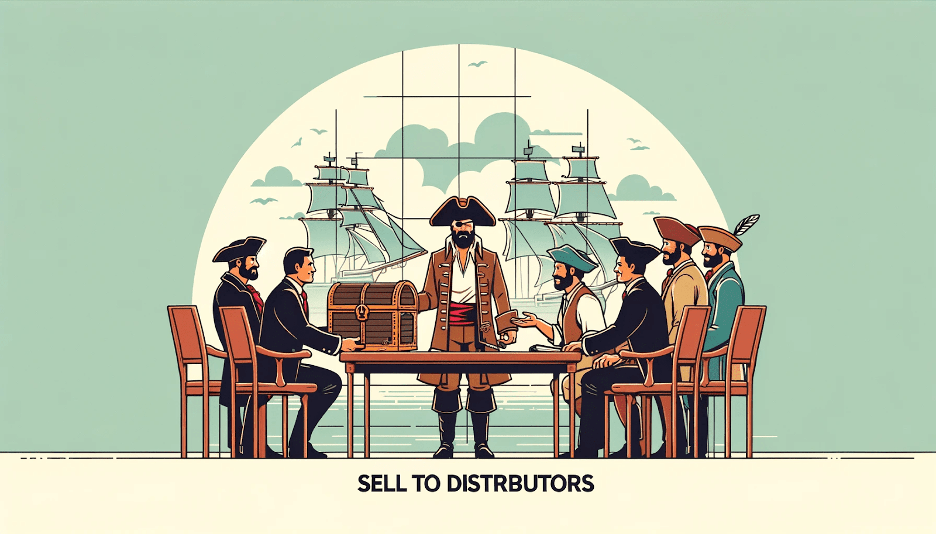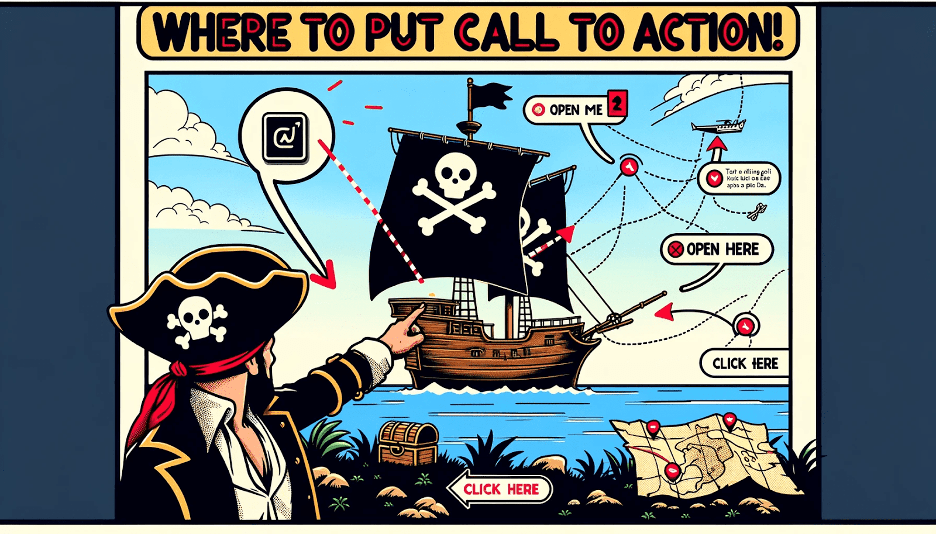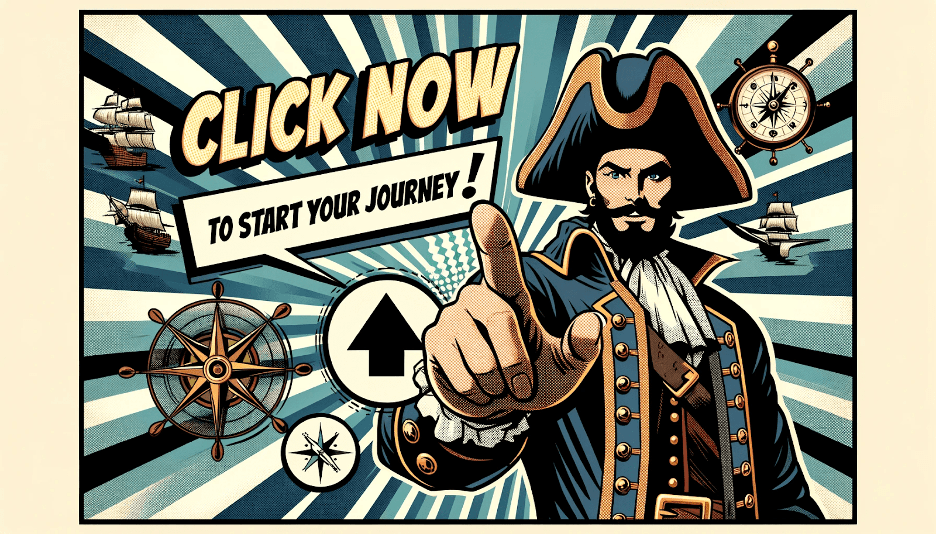
Setting Boundaries in Sales: The Art of Saying No for Long-term Success
In the competitive realm of sales, particularly within the nuanced marine industry, the ability to set clear boundaries and knowing when to say ‘no’ is not just a skill but a necessity for long-term success. This article delves into the crucial aspects of setting boundaries during the sales cycle, emphasizing the power of ‘no’ and its impact on building sustainable customer relationships.
We are a marketing, advertising, and branding firm for the maritime industry. Our services are designed to help mission-driven businesses clarify positioning, expand reach, and increase revenues. Request a Free Strategy Call or just shoot me an email at mcharette@boatsquarterly.com
Understanding the Power of ‘No’
1. Setting Realistic Expectations:
The first step in setting boundaries is to establish realistic expectations with your clients. You have a responsibility to your customer to set their expectations properly. This involves a clear understanding of what your product or service can and cannot do. Overpromising can lead to disastrous outcomes. It’s crucial to communicate the capabilities and limitations of your products to ensure that your clients’ expectations align with reality.
2. The Strength in Honesty:
Honesty is a cornerstone in the sales process. Admitting the limitations of your product or service might seem counterintuitive in sales, but it builds long-term trust. If you can tell your product isn’t right for a customer, you can say ‘no’ while still educating them. This approach not only demonstrates integrity but also positions you as a trusted advisor rather than just a salesperson.
3. Educating the Customer:
Often, customers may not fully understand their own needs or the solutions available to them. In such cases, saying ‘no’ can open doors to deeper conversations. It’s about guiding the customer towards what they genuinely need, even if it’s different from what they initially wanted. This consultative approach is particularly effective in the marine industry, where the technicalities can be complex and varied.
The Psychological Hooks
Storytelling:
- Incorporate real-life examples and stories that resonate with your audience. For instance, share a story of a time when saying ‘no’ led to a better solution for a client. This not only makes the content relatable but also demonstrates the practical application of the principles discussed.
Addressing Common Pain Points:
- Identify and speak directly to the challenges faced by your audience. These could be issues like over-promising delivery times or underestimating costs. Show empathy and offer solutions, making your content both valuable and engaging.
Interactive Elements:
- Have you ever faced a situation where saying ‘yes’ in a sale led to complications?
Expert Insights:
- Your reputation is forever. If you promise outcomes your product can’t deliver, your customers will remember that.
Actionable Tips:
- Before committing to a client request, evaluate if it aligns with your product’s capabilities and your company’s values.
Setting boundaries by knowing when to say ‘no’ in the sales cycle is not just about protecting your interests but also about fostering trust and credibility with your clients. In industries like marine sales, where the transactions are significant and the relationships are long-term, this approach is not just beneficial but essential. Remember, a successful sale is not just about closing a deal but about opening the door to a lasting and mutually beneficial relationship.
MIDA.PRO – Marine Industry Digital Agency – Web dev / Marketing
Podcast – SHIPSHAPE INTERNATIONAL OCEAN INSIGHT
